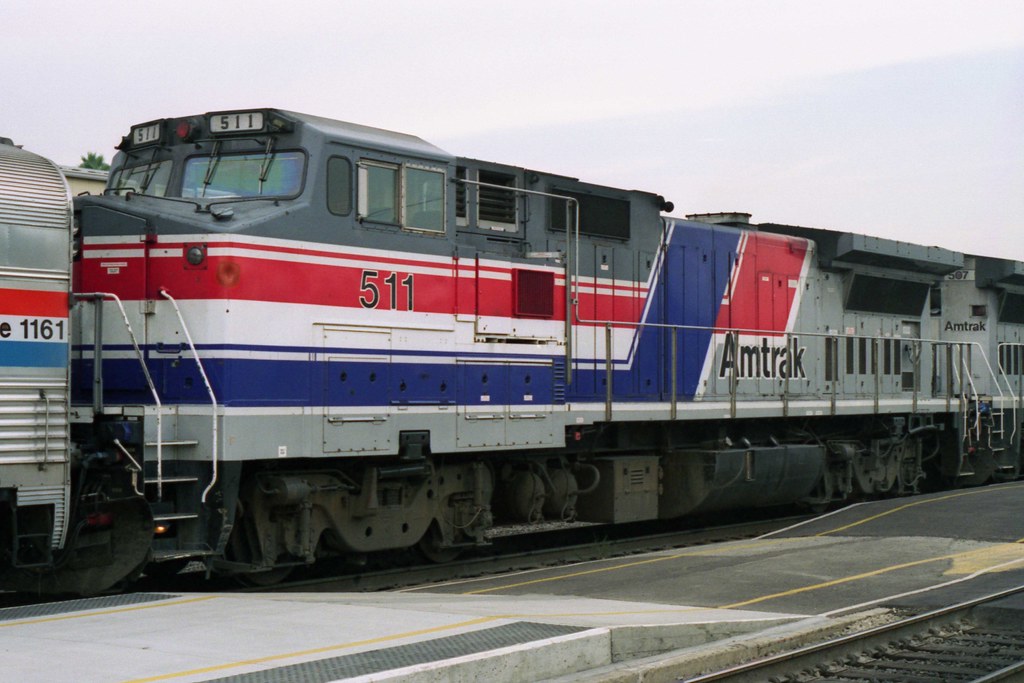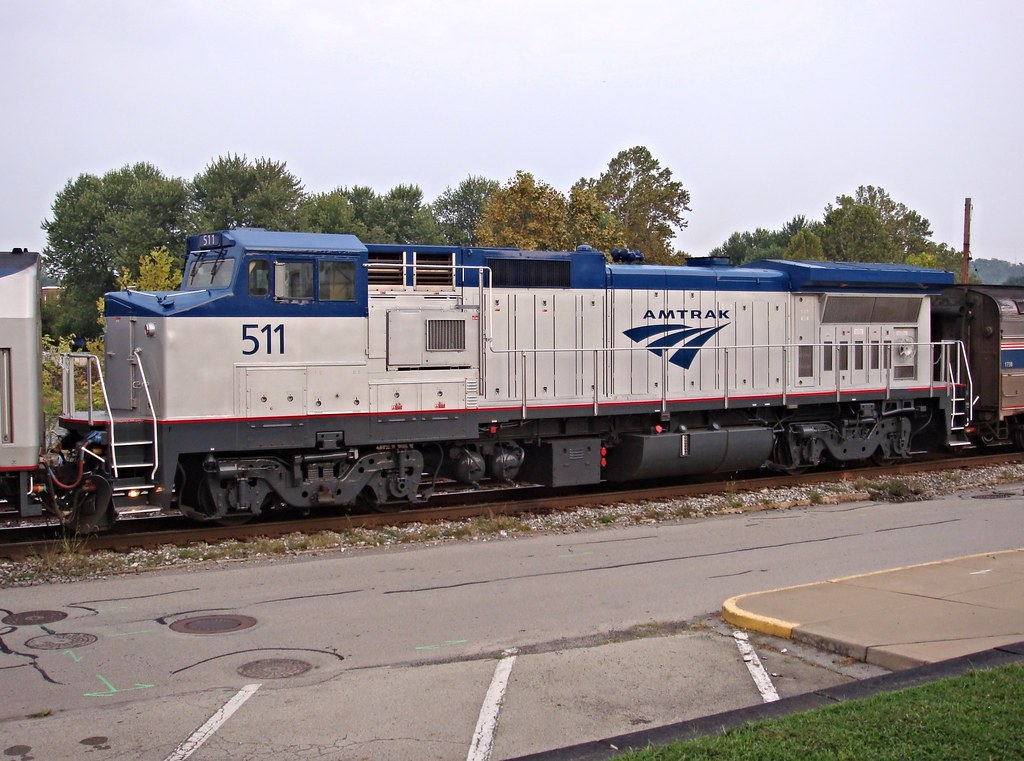Having watched some YouTube videos of Amtrak Yard operations, I have heard some of the P32-8WH locomotives referred to as "Pepsi Cans."
???
See this YouTube Video....
???
See this YouTube Video....


The previous paint scheme (red white and blue stripe) was similar to the old Pepsi can logo.
For context:

Interesting both are of engine 511.


They do. The P32-8BWH is basically just a freight loco with HEP added for passenger use.So, are these P32-8WH's HEP enabled? Or is there always a P40 - P42DC needed on the consist for HEP?
Ah, just like "F40PHn" F (body style) 40 P(Passenger) H(HEP) and then n "2/2D/3" etc.In locomotive model designation's, the letter 'P' somewhere, is usually an indication that a locomotive is equipped for passenger train support...in the steam heat era, it had a steam generator, in the HEP era, either a separate HEP engine generator, or a means of tapping the main engine for HEP....
The "pepsi can" locomotives however can get difficult tho... as they have a couple different names. GE calls them either Dash 8-32BWH or B32-8WH, Amtrak calls them P32-8, and some folks call the P32-8WH. Personally I prefer the call them via the GE name, B32-8WH as it keeps confusion down with the P32-ACDM.In locomotive model designation's, the letter 'P' somewhere, is usually an indication that a locomotive is equipped for passenger train support...in the steam heat era, it had a steam generator, in the HEP era, either a separate HEP engine generator, or a means of tapping the main engine for HEP....
I believe "Sweedish Meatballs" is a more generic term for the locomotive itself... Bioth SEPTA and NJ Transit used them extensively. NJ Transit called them (officially) ALP-44 units. They were manufactured by ABB Traction, a subsidiary of the ABB Group... a Sweedish and Swiss conglomerate co. I think it was the Sweedish part of the conglomerate (Aesa) that made them. Hence, "Sweedish Meatballs."Lots of food-related names have made it into the Amtrak lexicon. The AEM-7 electric locomotives that were used on the NEC were known, alternately, as “Swedish Meatballs” or “Toasters”.

Enter your email address to join: